“Young people have told me that as a result of their experiences in Nature, they have discovered a new sense of love for the place. It would not be too much of a stretch to say this can extend to a love for the country . Imagine what this can do for national identity, and give reasons for staying when the going gets rough.”
In her maiden speech to Parliament NMP Faizah Jamal, NMP ( People and Civic Sector) defines what is land in relation to self and nation, framing it in terms of “nature, national identity and character”. To watch and listen, click here.
This is the full text of her speech.
Budget Debate 2012 ‘An inclusive society, a stronger Singapore’
Thank you, Mr Speaker, for the opportunity to join in the debate.
Mr Speaker, it is indeed an honour for me to be here today .
I am privileged to be the first representative of the newly-included People and Civic sector with my own platform of Environment and Heritage. I pay tribute to previous NMPs Mr Edwin Khew and Dr Geh Min who had also, during their tenure as NMPs spoken up on various environment concerns.
I especially pay tribute to the organisation and the people who nominated me, the Nature Society Singapore. It is a credit to the integrity of Nature Society Singapore built over the last 30 years that I am here today at all. It is also a testimony on the part of the government , government agencies and the Society for being able to engage in more meaningful conversations with each other over the years.
However Mr Speaker Sir, I am not here just to represent only Nature Society or environmentalists, heritage or nature lovers. To limit myself to those roles would be an injustice to the wide range in which the natural environment and heritage impacts on all of us, regardless of race or religion, income or social status.
I believe the sector I represent has relevance to all Singaporeans including the people who are specially mentioned in Budget 2012.Yesterday we heard members of the House share their perspectives on the Budget.
We heard a few members wonder what it is about our education system, whether ITE or Poly or University that perhaps may not have prepared our citizens with the necessary skills for the workforce. Mr Zainuddin Nordin also mentioned that school leavers seemed to be ‘book smart’ but not ‘work smart’. We also heard members emphasising ‘self reliance’.
Allow me now to expand on the discussion, and present my perspectives. I believe there is one element that we have missed. Sir, I do believe that ‘an inclusive society, a stronger Singapore’ can and must include placing emphasis on the intangible value of the natural world.
In this regard, I am thrilled to hear the words ‘values based education’ spoken by our Education Minister some time last year . A cynic may wonder what then has our education has been based on all this time. Be that as it may, I believe this is where Nature comes in. Nature itself is already a ‘values based educator’.
Mr Speaker Sir, Sir I have worked with students from as young as 10 to young adults of 22 for some years now.
While for the most part I have found these young people intelligent, in the words of Mr Zainuddin ‘book smart’, I am also struck by how disconnected they are from Nature and the environment as they revealed to me that either they have never been or have seldom been, to nature areas or even when they have, these are usually for the purposes of data collection for a school curriculum or hurried post exam trips meant to get them out of the way of teachers marking exam papers.
More importantly I am struck by the impact this disconnect has on their relationships with other people and the world around them, and what is worse, their relationship with their own selves. It is no longer news that Singapore is a very wired nation . We only need to look around when travelling in the MRT to see how almost everyone is plugged in to their gadgets.
It is easy enough to blame technology. That would be dis empowering. Blame only make us victims. Technology is a tool and a very useful tool . The question is whether we see a problem with over dependence on technology, the consequences of that, and what can we do about it.
Mr Speaker Sir, in the course of my work taking young people for nature walks where they are encouraged to touch, feel, smell, hear and sometimes even taste what is around them , here is what I found. Not distracted by laptops or encumbered by worksheets or the goal of ‘data collection’, they are free to experience as their senses take them.
It is said that the ultimate state of learning is when you are open to what you see touch and hear.
Stopping to focus, really observing and really listening, these young people learn that this is what ‘being connected’ is about. Imagine the value of this when young people step into the working world. With some music students that have been taken on walks as a prelude to their music composition classes, they have even found Nature walks helped them become more creative with their music. We have heard many times yesterday the words ‘ innovation’ and ‘creativity’. From my reality, nature and environment education is what will lead us there.
I am struck Sir, by the number of times, these young people use the word ‘awe’ and ‘sense of wonder’ at the end of such experiences. These are words we rarely hear anymore in the cynical blasé world of many young people.
It seems to me that what is happening is that young people are re- membering something they have forgotten – once again, they are beginning to feel.
Sir, while in Nature is indeed all the things we need to study science and ecology and geography, I suggest that this is not giving Nature a chance to teach us more. I suggest that here might be some of the answers to the questions raised by Members yesterday.
Yesterday the Honourable Member Yee Jenn Jong shared his experience walking in the forest in Sabah and noticing how the little trees are overshadowed by the big ones. Far from being a competition, and contrary to all that we have been taught in school, it turns out that Nature is in fact, collaborative.
When we understand that nature is collaborative, not competitive, we learn that we too can do the same as we respect and celebrate all views, all perspectives and all differences. In short, ‘ an inclusive society, a stronger Singapore’.
When we understand that in Nature, the greater the diversity of species, the stronger the forest, we recognise and appreciate that each one of us is unique with our own individual gifts. We are not just economic digits to be boxed into whatever the changing economic demands of the day may be, good though it is to fill an economic need. In short, ‘an inclusive society, a stronger Singapore’.
When we see how in Nature there are no straight lines; rather it is twists and turns and curls and twirls, we too understand that we need not expect our lives to be one linear path.
Our young people will not beat themselves up when they have stepped off the path, in despair that they are ‘not good enough’. It is alright to turn back and choose another path, and start again. This allows our young people to know that they do not have to be perfect. Imagine the value of this as they leave the safe confines of schools and into the stressful world juggling personal needs, family and work.
Sir, yesterday a Member of this House mentioned the word ‘passion’ for the work that we do. Many years ago I was a corporate lawyer specialising in Intellectual Property Law. I have since given it up to pursue my passion for nature and environment education . It was a risk as my two daughters were very young then.
However I have learnt that when we understand that to be out in wild nature, with all the risks, real or perceived, which to many young people in Singapore is really a big step out of their comfort zone, we understand that it is at the end of our comfort zone that real learning begins.
Imagine the value of this as our young people navigate the changes in their lives where the only thing that does not change is change itself. Imagine this being the answer to the feeling among some quarters that our young people are ‘risk averse’ as reported in the press recently.
When we understand that all things in Nature are interconnected, we understand that this teaches us humility.. In the words of Chief Seattle, the great Native American leader, ‘ man does not weave the web of life, he is but a strand in the web of life. What he does to the web he does to himself’.
In case Sir, what I have shared is not convincing enough, allow me to expand on Mr Chen Show Mao’s emphasis on ‘human capital’. Allow me to introduce the idea of nature as ‘capital’.
Last week I attended the World Oceans Summit where experts discussed at length the meaning of this term and why it is important to include this in economic growth.
As an aside, the irony is not lost on me that here we are hosting the first World Oceans Summit with luminaries like World Bank President Mr Robert Zoellig and Mr Peter Seligman, the CEO of Conservation International which incidentally has an office in Singapore, and Singapore does not even have its own marine conservation laws! But that is a debate for another day.
One of the speakers at the Summit is well known Mr Pavan Sukhdev, Founder and CEO of GIST Advisory and Lead Author of TEEB of United Nations Environment Program, who pointed out that the tendency of governments is to focus on the ‘built economy’ and to underestimate the ‘natural capital’.
So what is this ‘natural capital’? According to the definition of the International Institute of Sustainable Development in Canada, ‘natural capital’ is the land, air, water, living organisms and all formations of the earth’s biosphere that provide us with ecosystem goods and services imperative for survival and well being. In short, the basis for all human economic activity. Some people call it ‘eco services’.
Sir we have not emphasised enough in our economy that it is the natural world that has given us these services , without a fee, without which our economy cannot function. Mr Peter Seligman the CEO of Conservation International at the World Oceans Summit I mentioned earlier had this to say: ‘A society cannot survive if it does not value its natural resources’.
While it is popular to say that Singapore does not have ‘natural resources’ let us not forget that small though we may be, the biodiversity we have in places like Bukit Timah Nature Reserve, Sungai Buloh and Chek Jawa is immense.
Lesser known to most people, except to members of the Nature Society, at least up until now, is the rich biodiversity in a place like Bukit Brown, a fact that more and more Singaporeans are beginning to appreciate only very recently.
These spaces offer more than just a sense of physical, mental and emotional well being. They offer us a safeguard against consequences of man made activities of rapid urbanisation that we have seen especially in the last five years, activities which will impact on economic growth.
Sir in my work with young people I have found that they are weary of the message of extremes in weather and climate change. They feel helpless and dis-empowered.
Imagine how much more positive our message to them will be if we tell them that in these changes is an enormous opportunity for creativity; a creative new way of life through new jobs, new businesses, new cities and new civilisations. Yesterday the Honourable Member Mr Yee Jenn Jong mentioned the need for the government to encourage what he calls ‘home grown green technology’, green products and green businesses.
There is an old Malay wisdom ‘tak kenal maka tak cinta’ .Loosely translated it means ‘you cannot love what you do not know’.
Young people have told me that as a result of their experiences in Nature, they have discovered a new sense of love for the place. It would not be too much of a stretch to say this can extend to a love for the country . Imagine what this can do for national identity, and give reasons for staying when the going gets rough.
While I am inclined to be a purist and see Nature as inherently valuable in and of itself, I understand the need to put some kind of monetary value and to see the relevance of the word ‘natural capital’ ’ if this is the language that the government and business understand and if this will jumpstart the government and the private sector to start valuing the natural world.
Sir, all that we discussed yesterday and all that is in the Budget will come to nothing if we do not recognise Nature not only as educator, but also as partner.
Learning from Nature is not a linear process. It takes time, it takes people who know how to facilitate such learning; it takes civil society who know the value of such places to educate the public, it takes companies who know that when they value our natural spaces they can continue to exist at all, it takes policy makers with vision and foresight who are aware of the need to preserve and conserve such natural places over and beyond immediate economic needs. It takes the engagement of all three sectors the People, the Private and the Public, to make this work. In short it takes an ‘an inclusive society’. More importantly it takes the very presence of such natural spaces in the first place. Yesterday the Honourable Member Mr Zainuddin Nordin asked what if we have one less national park. I hope I have given him some reasons why.
More importantly and very simply Sir, I am a mother. I have seen for myself how my own teenage daughters’ lives are made richer as a result of their exposure, at a very early age to nature, the environment, and a consciousness of this shared natural heritage.
At a time many years ago when we were ourselves undergoing some major life challenges it is to Nature that we turned. As a mother, I intuitively know that it is these experiences in the wild that has put us all in good stead long after the experiences are over. It has kept us grounded, emotionally secure , and gives us a sense that it is not in what happens to us but how we respond to what happens that makes us empowered. Nature has been our best teacher.
Singaporeans have been warned that the economic forecast is not good. When you are so used to rapid growth this may sound like doom and gloom. I suggest that this is not so.
I suggest that this quieter economic time is a great opportunity to take stock of who we are and where we come from and the values that are important to us. It is a good time to start a conversation and start engaging in a real process between the government and the voices on the ground that are getting louder and louder.
When PM Lee was interviewed in Davos last month about what we can expect from the Budget he said to expect a ‘qualitative transformation’.
I believe that what I have shared is one way to move towards that ‘qualitative transformation’ that PM Lee talked about and DPM Tharman’s well-chosen phrase of ‘an inclusive society, a stronger Singapore’.
Mr Speaker Sir, I support the motion. Thank you.
Faizah Jamal, NMP ( People and Civic Sector)
29 Feb 2012
Two thousand and ten feet to march
To preserve our precious Park.A thousand and five hearts a beating
In unison as we work
A hundred and twenty thousand souls
Depending on our stance.
A thousand and five voices ringing
Pleading the cause for generations to come
Lest when our own tongues are stilled
This legacy is erased.
Two thousand and ten hands are waving
Drawing attention attention here
Let not Bukit Brown Heritage Park
Be consigned to virtual imagery.
夹马异香 A Riddle From a Tomb At Bukit Brown
Contributed by Wang Cheng Min
While searching for the biggest grave at Bukit Brown, I chanced upon this grave, drawn to its unusual mirror- like stand .
I could not fathom the significance of the structure. And moved on to look for clues in the 2 pillars which flanked the tombstone and was stuck by the only two characters on each of the pillars.
The pillar on the left read 夹马 (squeeze the horse with your calves).
The pillar one on the right read异香 (extraordinary fragrance). I was wondering why 夹马异香 was used. It appeared to me that this could well be a riddle. But it had become far too hot to decipher what it means at Bukit Brown.
I studied the photographs of the pillars at home and came up with this answer:
走 (walk) is the answer for 夹马 (squeeze the horse with your calves to move the horse forward)
异香 (extraordinary fragrance) is from 八月放异香 – a riddle which 桂花is the answer. There is a classic song called “八月桂花遍地香” – ” August is the month for full boom of Osmanthus.” I therefore deduced that 八月 is the answer for异香.
Buy some good 桂花 tea to experience the unique fragrance of 桂花.
When I put 走 and 八月 together, it is 赵. 赵 – Zhao (Hanyu Pinyin) – the surname of the deceased’s husband.
夹马=走
异香=八月
走+八月=赵
The riddle夹马异香solved at last!
But the mirror, eludes me.
Editor’s postscript: A few days hours after Cheng Min posed his riddle on the facebook group he got word from a tomb keeper that clocks were once embedded in such mirror structures . But not this one; the mystery continues, tick tock tick tock tick tock
About Cheng Min: he loves reading ancient Chinese literature including books by Taiwanese Master Nam Huai Jin (南怀谨老师).
Post script: In her hands she cradles a pair of binoculars, she holds the vision for our future. Let Bukit Brown be her legacy. Give her a chance to decide what she wants to do with this legacy.
Dateline Monday 27 Feb, 2012
Chasing away Monday Blues at Bukit Brown, is our Accidental Photographer aka Georgina Chin. She claims Bukit Brown as her backyard and it is where she is often to be found bird watching, or happily snapping away at other species.
If you have come to know Bukit Brown and feel that it embraces our collective identity of Heritage.Habitat.History, then join the people of all ages and from all walks of life who have signed the open letter to the authorities to save it. Spread the word so it may be appreciated by future generations as a living legacy.
For more ways to take action, go to the SOS site for ideas such as letter-writing, sharing the petition, or volunteering your skills.
Heritage. Habitat. History.
Please note Updated 3 of Map.
Hot off the press updated map from Goh brothers who have also done maintenance work on red and white markers. Self guided tours now a breeze. Enjoy
Having issues, go direct to the source
For an interactive rendition of this map, created by Pui Cuifen and assisted by Lim Su-Min, among other Bukit Brown elves, click here and zoom in.
The map below is useful for navigating Bukit Brown in tandem with map with tombs of interest.
Introduction
On the second day of the new year, Beng Tang, an avid conservationist together with his companion went on an expedition down the “stream” that runs through Bukit Brown. Concerned that development from the impending highway will encroach on the habitat which is home to both indigenous and as he described it “foreign talent”fresh water species, he set himself a mission to transport what he could “capture” to safer environs. We thank Beng Tang for sharing his expedition report and findings with a.t.bukitbrown and salute him for his effort.
The Set-Up
Prologue
The Bukit Brown stream is actually a man-made drain with sloping concrete sides, but it is well weathered such that a substrate of mud and sand and leaf litter has accumulated on it’s bottom and plants are growing in it. The water in it is slow flowing (except when it rains and it is in spate), and these factors make it suitable for freshwater plants and animals. Fish can lay eggs in the gravel substrate, fry can hide in the vegetation and eat invertebrates in it, animals can shelter in the plants when the water is fast flowing, and the decaying leaf litter and plants support a food web. Land animals can access the stream to drink or forage.
The Catch
- Beng Tang making his way to release catch to new and hopefully safer habitat. Location: the drain on the other side of Bukit Brown, near Ghymkhana Ave / Jalan Mashhor
Bukit Brown Cemetery is named after George Henry Brown who came to Singapore in 1840 to start a shipping business. He bought up an area of roughly 200 acres which covered rolling hills. The Malay word for hill is “bukit” and “sua” is hill in the Hokkien dialect.
After Brown’s death the land passed through the hands of Mootapa Chitty ( a Chettair ) and Lim Chu Yi ( a Chinese businessman).
In 1872, it was bought by 3 clansman from the Ong Clan each paying $500. The land was donated to the Hokkien Clan Association without condition for dwelling, farming and burials. It was called “Seh Ong Sua”
In 1918/1919, the colonial government paid about $24.500 for a portion of the Ong burial site (97 acres) to be used as a Chinese Municipal Cemetery opened to all Chinese, rich or poor. From a private cemetery for the Ong Clan and the Hokkien community, it became a public cemetery known as Bukit Brown Cemetery in 1923.
Kopi Sua refers to the area near Mount Pleasant Road where Brown lived, which was originally named Brown’s Hill. One reason offered as to why it is called Kopi Sua – Hokkien for Coffee Hill – is that in the dialect there is no equivalent to the colour Brown. So “kopi” was the next best thing. The other reason is Brown attempted to grow coffee on the estate but it didn’t take.
What is now known as the Bukit Brown Cemetery includes 50 acres known as Lau Sua (Old Hill) which was opened and managed by the Hokkien Huay Kuan as a cemetery in 1892. So the short answer is Kopi Sua is not Bukit Brown Cemetery and vice versa. The Bukit Brown Municipal Cemetery ceased operations in 1973
a.t.bukitbrown would like to welcome Cheng-Kiang (CK) Ng to our photographers gallery. CK visited Bukit Brown for the first time recently, overcame his life long apprehension for cemeteries and finally submitted to the beauty of Bukit Brown, capturing some stunning panoramas for his own blog
CK picked up photography at the age of 14 when he joined the school’s photography club. And has not looked back since. He started with B &W photography and B&W film and print development but today CK has joined the digital age. On his blog, he shares tips on what he has learned in the digital world.
He’s tall and handsome and was once considered for the team of the inaugural Youth Olympics in Singapore. An unfortunate accident put him out of the running. But he maintains his fitness still today with regular exercise at Bukit Brown and takes the opportunity for some healthy snacking whilst there. There is an air of sartorial elegance about Astroboy’s braids and he is always well groomed. Astroboy is 13 years old. Do say a gentle hello if you should ever encounter him in your visits.
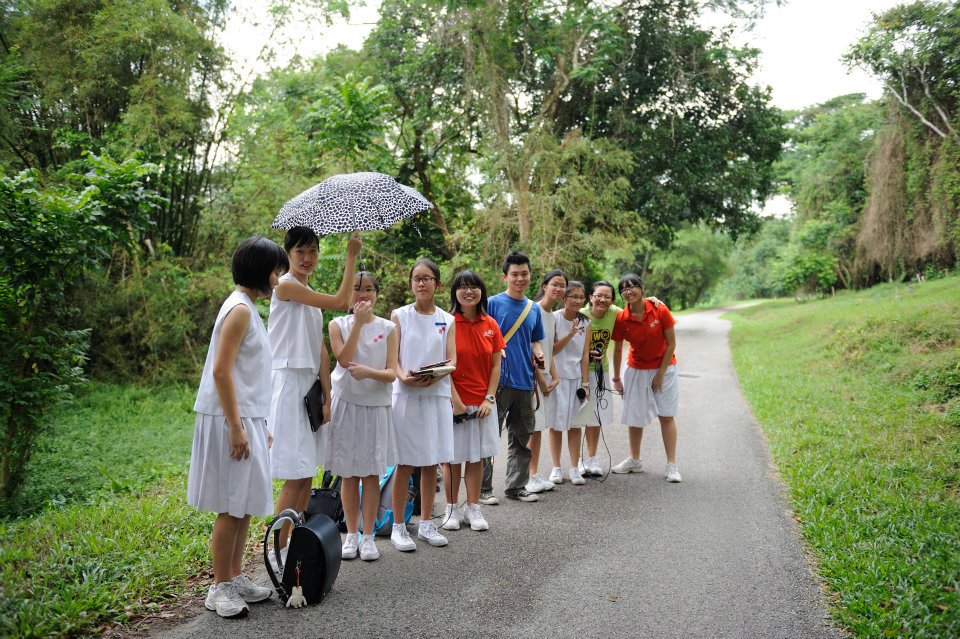




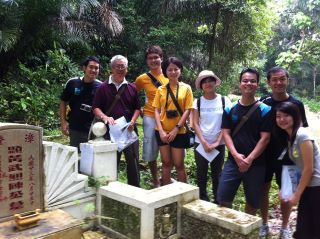




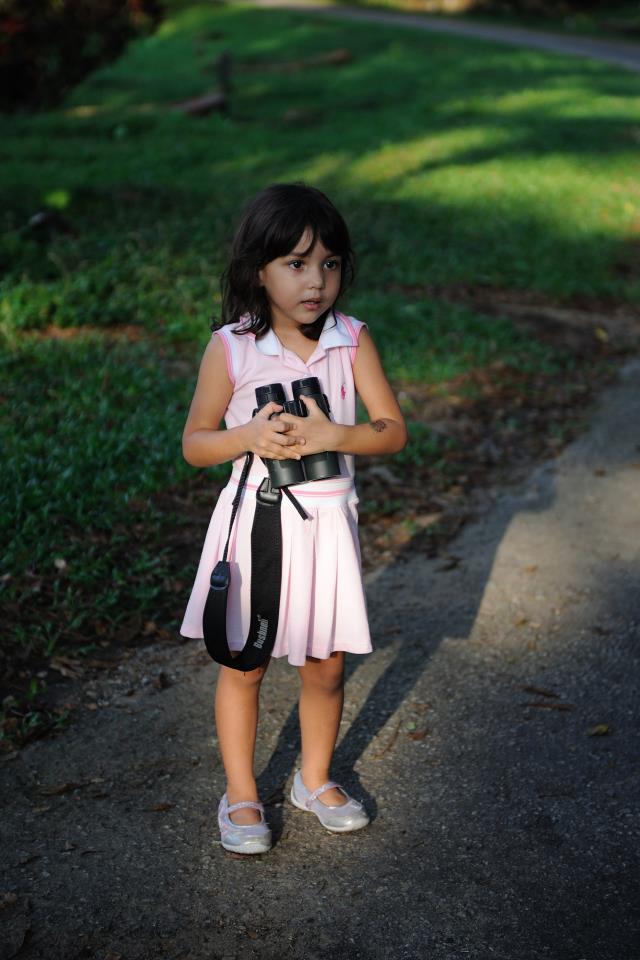
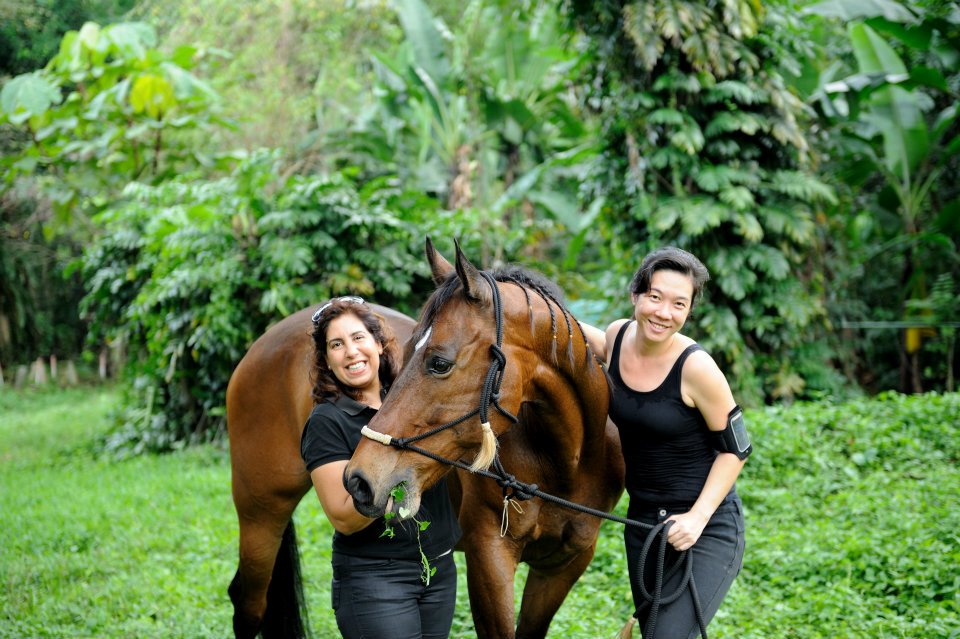
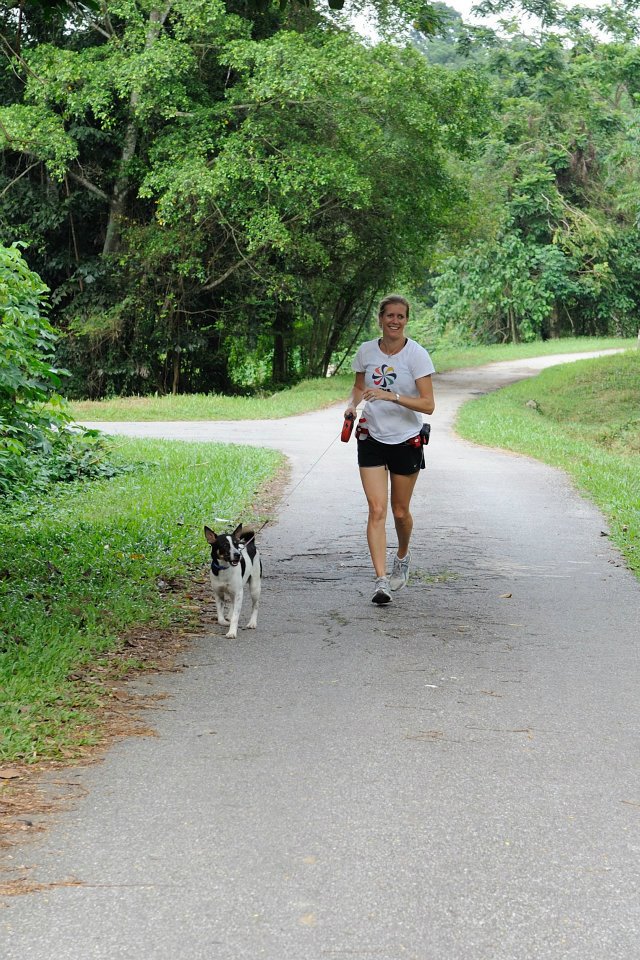
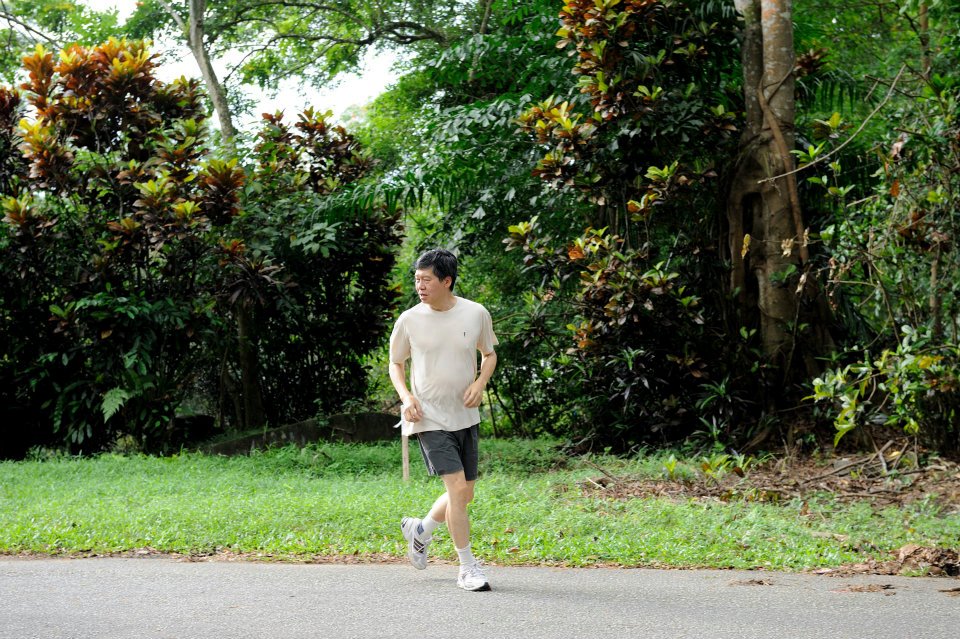
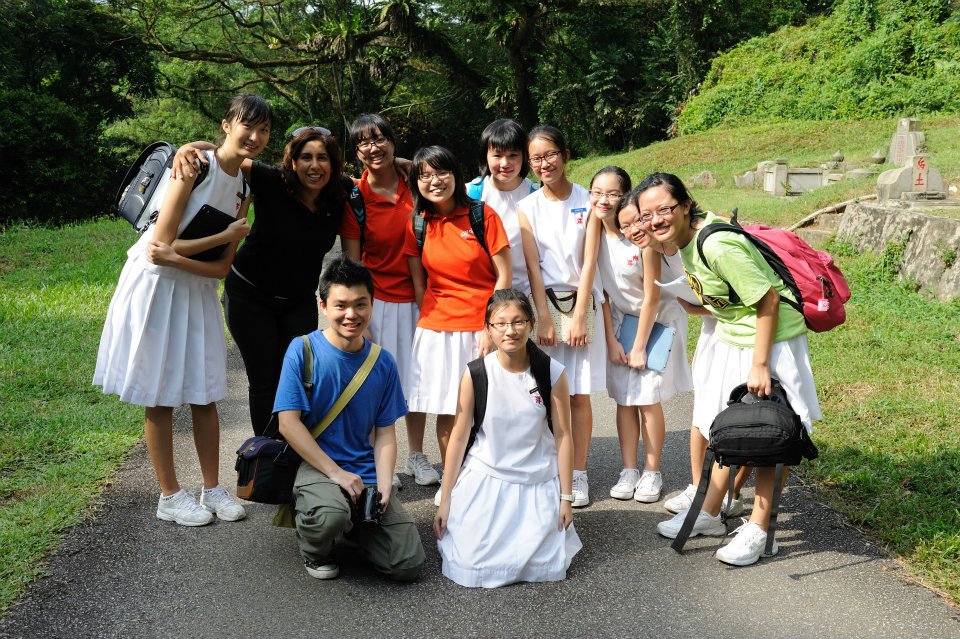

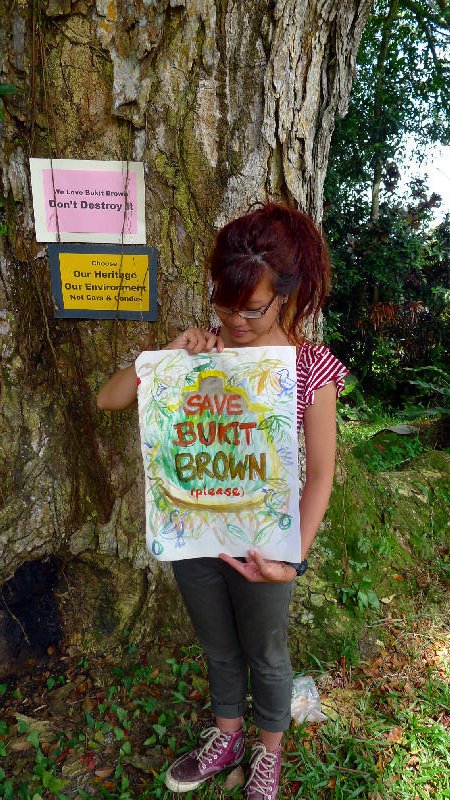
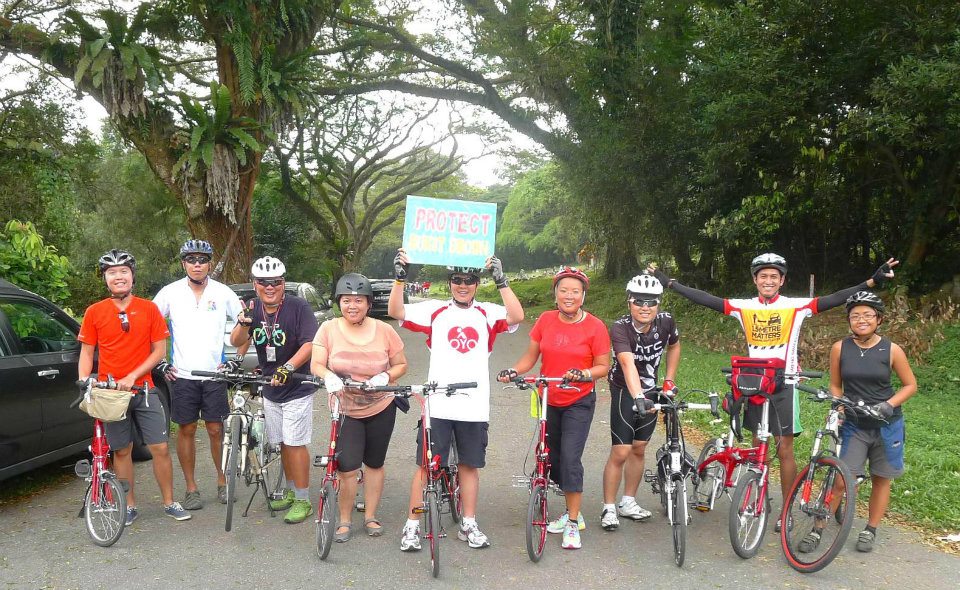
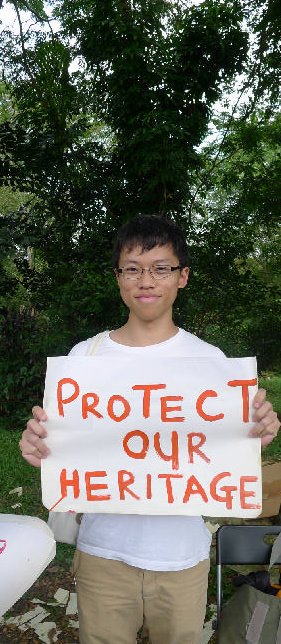


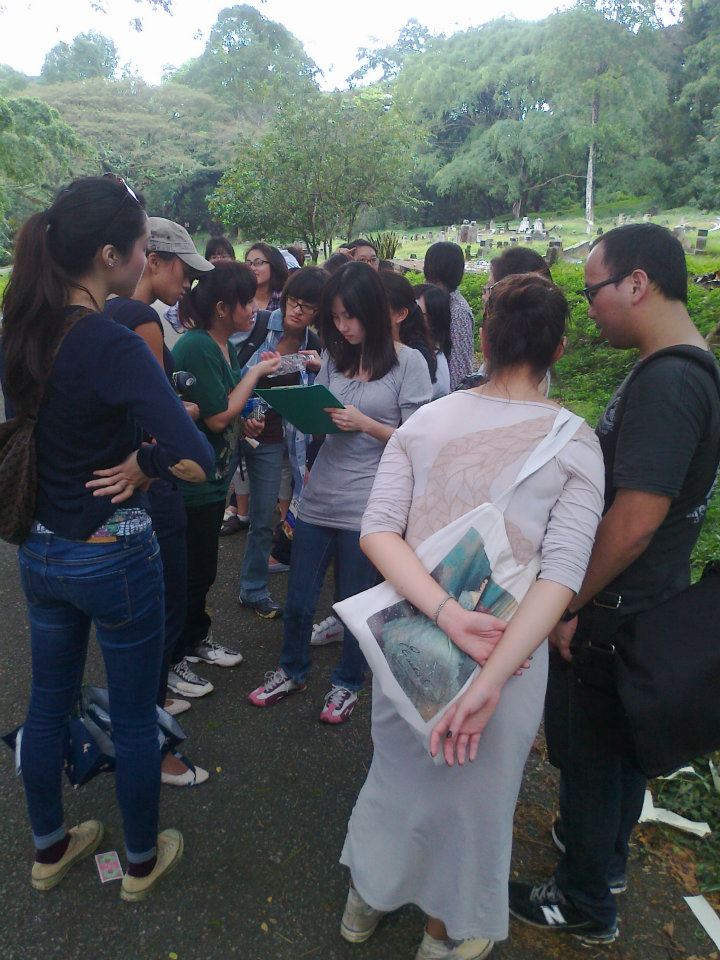
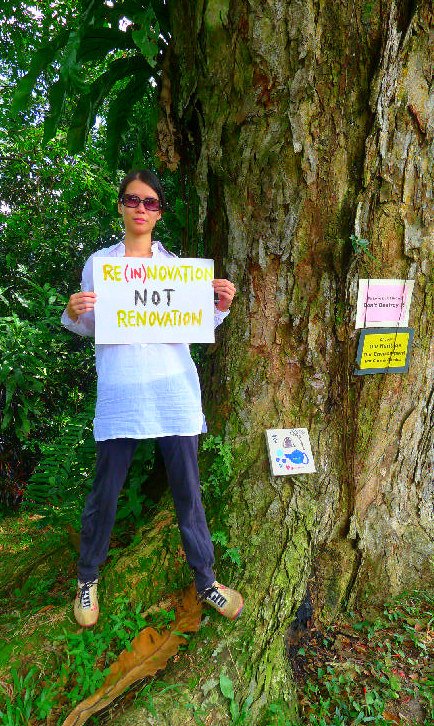
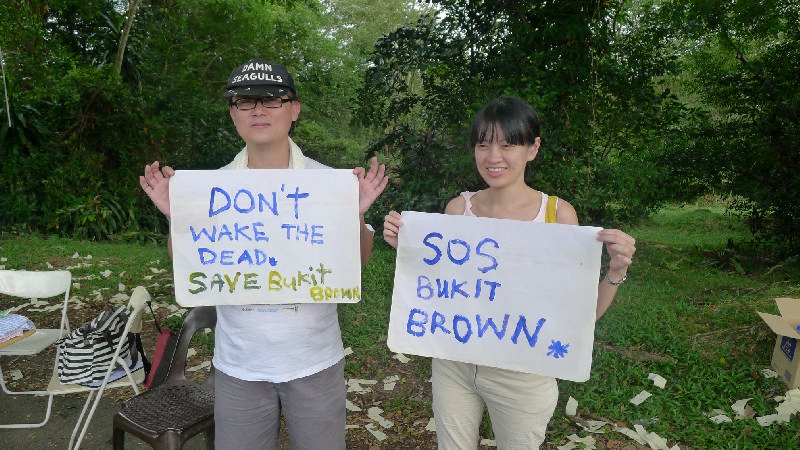



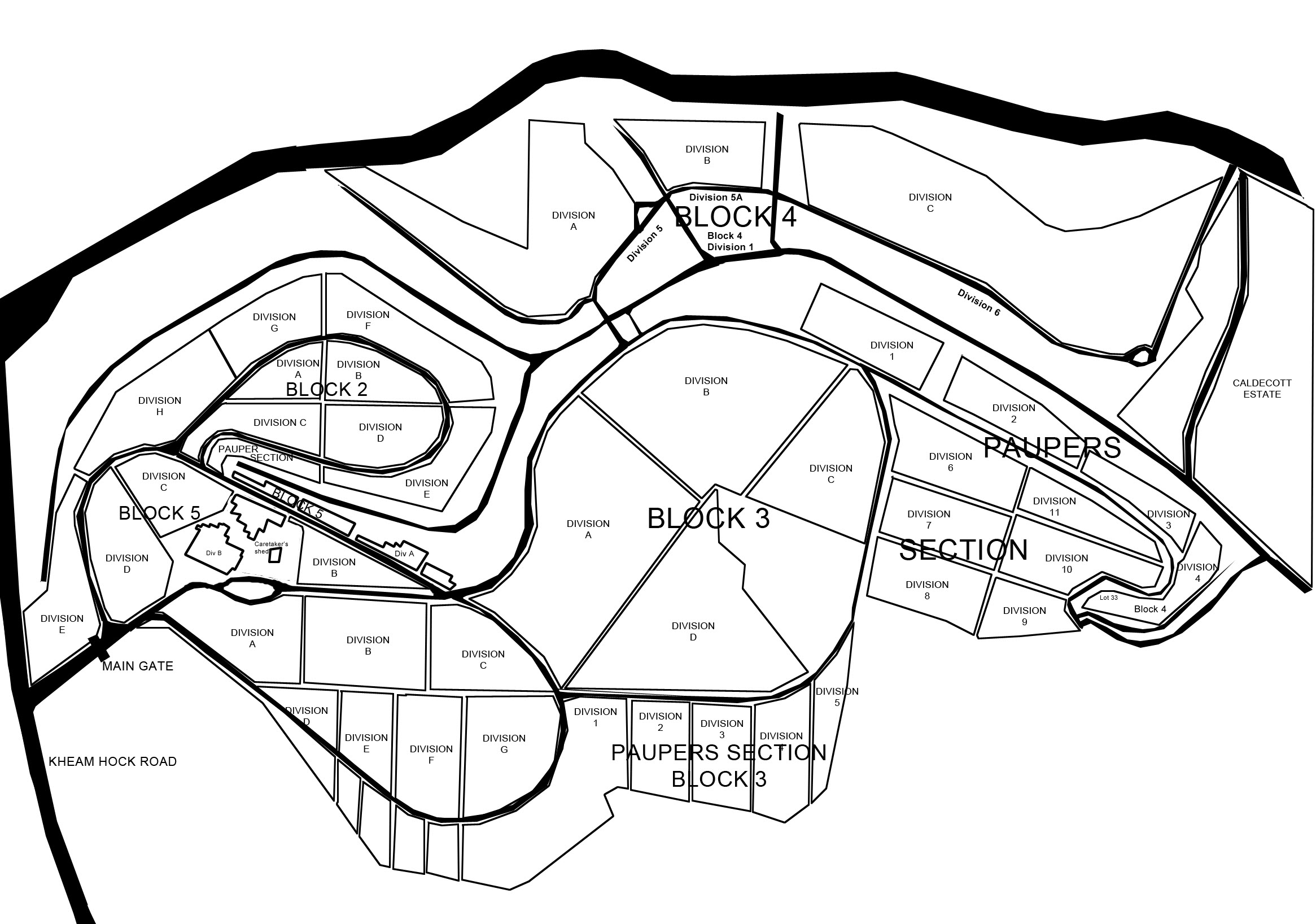

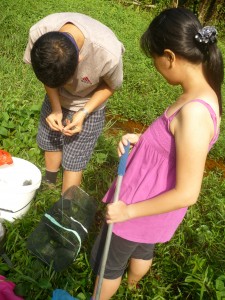
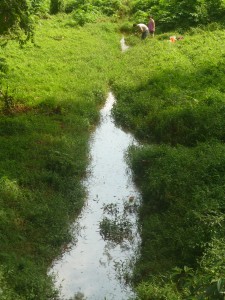
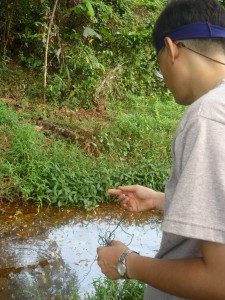

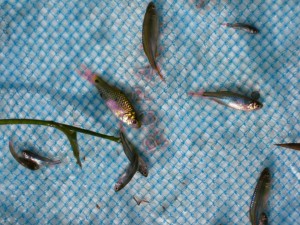
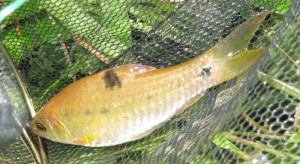
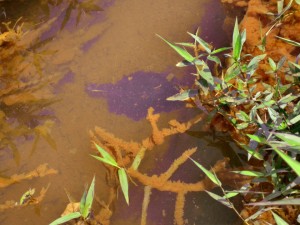
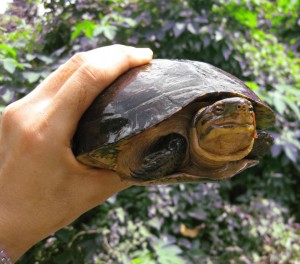



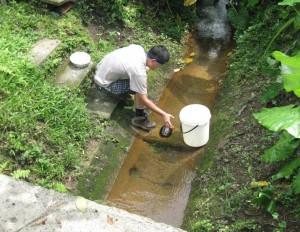
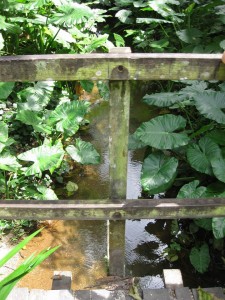

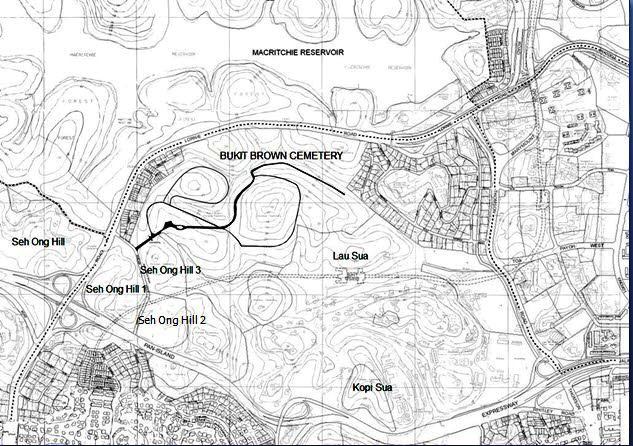
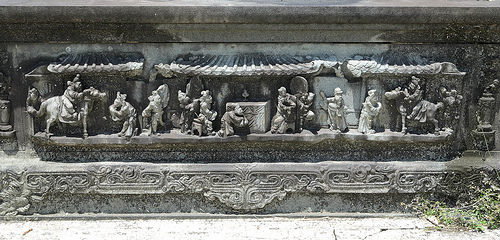










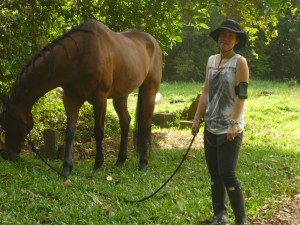
Recent Comments